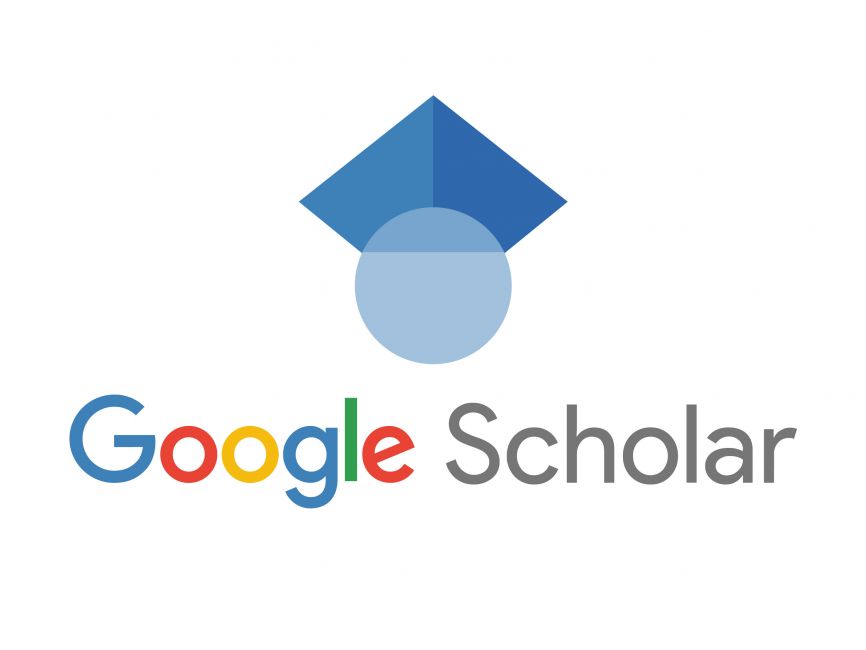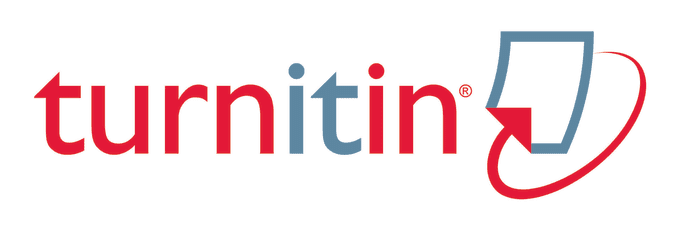Public Space for Disabled Students in Higher Education
DOI:
https://doi.org/10.37535/103005220241Keywords:
public space, disabled students, participation, social inclusion, vulnerabilityAbstract
Students with disabilities have been treated discriminative practices in their space of movement in society, including on campus. The facilities available on campus do not yet reflect the concept of public space as a manifestation of democracy. The purpose of this study was to identify the experiences and meanings of disabled students related to the public spaces available on campus. The study used a qualitative approach, and utilized interviews with five research subjects, four of whom were disabled students, and one of Commissioner with disabilities. Observation was the method for triangulation. The study showed that public spaces were designed without considering aspects of accessibility, comfort, and safety for disabled students. This resulted in a strong awareness that they were marginalized and ignored in the public space policy process. The study also showed the importance of take notice to a several elements in the process of building a fair and equal public space, by prioritizing the principle of participation that show interest to aspects of social inclusion and no party is ignored in the process. For this reason, collaborative cooperation is needed between the campus by encouraging the government to form regulations to develop public spaces. The stakeholders involved first are people with disabilities, in collaboration with campus stakeholders and other civil society organizations.
References
Badan Pusat Statistik Indonesia. (2018). Statistik Kesejahteraan Rakyat (Welfare Statistics) 2018.
Buckingham, D. & Willett, R. 2013. Digital Generations: Children, Young People, and the New Media, 1st Edition. New York: Routledge
Carmona, M. (2021). Public Places Urban Spaces: The Dimensions of Urban Design (3rd Editio). Routledge. https://doi.org/10.4324/9781315158457
Dietz, G. A. (2023). Inclusivity in Public Space: Architecture and the Disabled Body [North Dakota State University]. https://library.ndsu.edu/ir/handle/10365/33144
Dinç Uyaroğlu, İ. (2017). Arts and Design Studies Accessibility and Inclusion of Students with Disabilities in University Campus Spaces. Arts and Design Studies, 50, 14–22. www.iiste.org
Doorley, J., & Garcia, H. F. (2015). Reputation Management: The Key to Successful Public Relations and Corporate Communication (3rd Editio). Routledge. https://doi.org/10.4324/9781315879987
Habermas,J. 2007. The Structural Transformation of The Public Sphere. Cambridge: Polity Press
Holloway, S. (2001). The experience of higher education from the perspective of disabled students. Disability and Society, 16(4), 597–615. https://doi.org/10.1080/09687590120059568
Hoskyns, T. (2014). The Empty Place: Democracy and Public Space. Routledge.
Jian, IY., Chan, EHW., Xu, Y., & Owusu, E.K. 2021. “Inclusive public open space for all: Spatial justice with health considerations”. Habitat International 118. www.elsevier.com/locate/habitatint
Kapsalis, E., Jaeger, N., & Hale, J. 2024. “Disabled-by-design: effects of inaccessible urban public spaces on users of mobility assistive devices – a systematic review.”, Disability and rehabilitation: assistive technology. 2024. Vol. 19. No. 3. 604-622. https://doi.org10.1080/17483107.2022.2111723
Konur, O. (2002). Assessment of disabled students in higher education: Current public policy issues. Assessment and Evaluation in Higher Education, 27(2), 131–152. https://doi.org/10.1080/02602930220128715
Lingkar Sosial. (2024). 7 Fakta Aksesibilitas 28 Juta Penyandang Disabilitas di Indonesia. Lingkar Sosial. https://lingkarsosial.org/7-fakta-aksesibilitas-28-juta-penyandang-disabilitas-di-indonesia/
Levinson, P. 2003. Digital McLuhan: a guide to the information millenium. London: Routledge
Madanipour, A. (2010). Whose Public Space? International Case Studies in Urban Design and Development. Routledge.
Meyer, T. (2012). Demokrasi Sosial dan Libertarian: Dua Model yang Bersaing dalam Mengisi Kerangka Demokrasi Liberal. Friedrich-Ebert-Stiftung (FES).
Monkelbaan, J. (2019). Governance for the Sustainable Development Goals: Exploring an Integrative Framework of Theories, Tools, and Competencies. Springer.
Moriña, A. & Morgado, B. 2016. “University surroundings and infrastructures that are accessible and inclusive for all: listening to students with disabilities,” Journal of Further and Higher Education. 42:1, 13-23, DOI: 10.1080/0309877X.2016.1188900
Papacharissi, Z. 2002. “The virtual sphere, The internet as a public sphere”. Journal of New Media & Society, Vol.4 no.1 pp. 9–27
Parkinson, J. R. (2012). Democracy and Public Space: The Physical Sites of Democratic Performance. Oxford University Press. https://doi.org/10.1093/acprof:osobl/9780199214563.001.0001
Puspitasari, M. (2023). Sosiologi Ruang Publik Perkotaan. In A. Ahmadin (Ed.), Sosiologi Ruang Publik Perkotaan. Penerbit Widina.
Riddell, S., & Weedon, E. (2014). Disabled students in higher education: Discourses of disability and the negotiation of identity. International Journal of Educational Research, 63, 38–46. https://doi.org/10.1016/j.ijer.2013.02.008
Tinklin, T., Riddell, S., & Wilson, A. (2004a). Policy and provision for disabled students in higher education in Scotland and England: The current state of play. Studies in Higher Education, 29(5), 637–657. https://doi.org/10.1080/0307507042000261599
Tinklin, T., Riddell, S., & Wilson, A. (2004b). Supporting Disabled Students in Higher Education. Centre for Educational Sociology, April(32), 1–4. https://doi.org/10.4324/9781003223962
Vickerman, P., & Blundell, M. (2010). Hearing the voices of disabled students in higher education. Disability and Society, 25(1), 21–32. https://doi.org/10.1080/09687590903363290
Wahl-Jørgensen, K. (2014). Future directions for political communication scholarship: Considering emotion in mediated public participation. In Media States Future. Blackwell
Downloads
Published
Issue
Section
License
Copyright (c) 2024 Maria Puspitasari

This work is licensed under a Creative Commons Attribution 4.0 International License.
Copyright rules apply for the articles that are featured in COMMENTATE: Journal of Communication Management
- COMMENTATE: Journal of Communication Management holds the right to be the first to publish the article.
- Authors will still be the copyright holder for their articles published on COMMENTATE: Journal of Communication Management and can use it freely as long as it does not violate the rules.
- Papers featured on COMMENTATE: Journal of Communication Management are under the Creative Commons Attribution 4.0 International License. Further details can be access on Open Access Policy.








